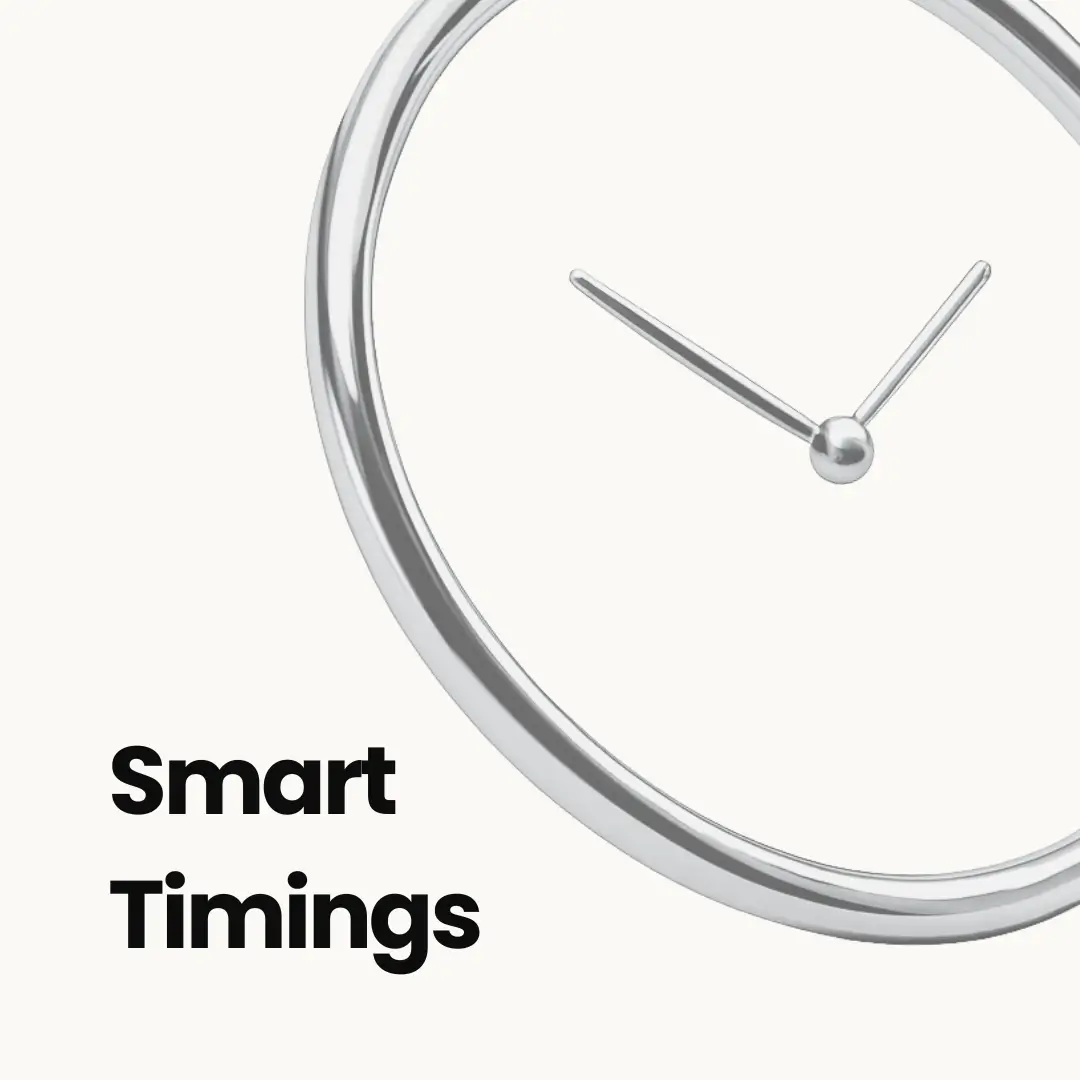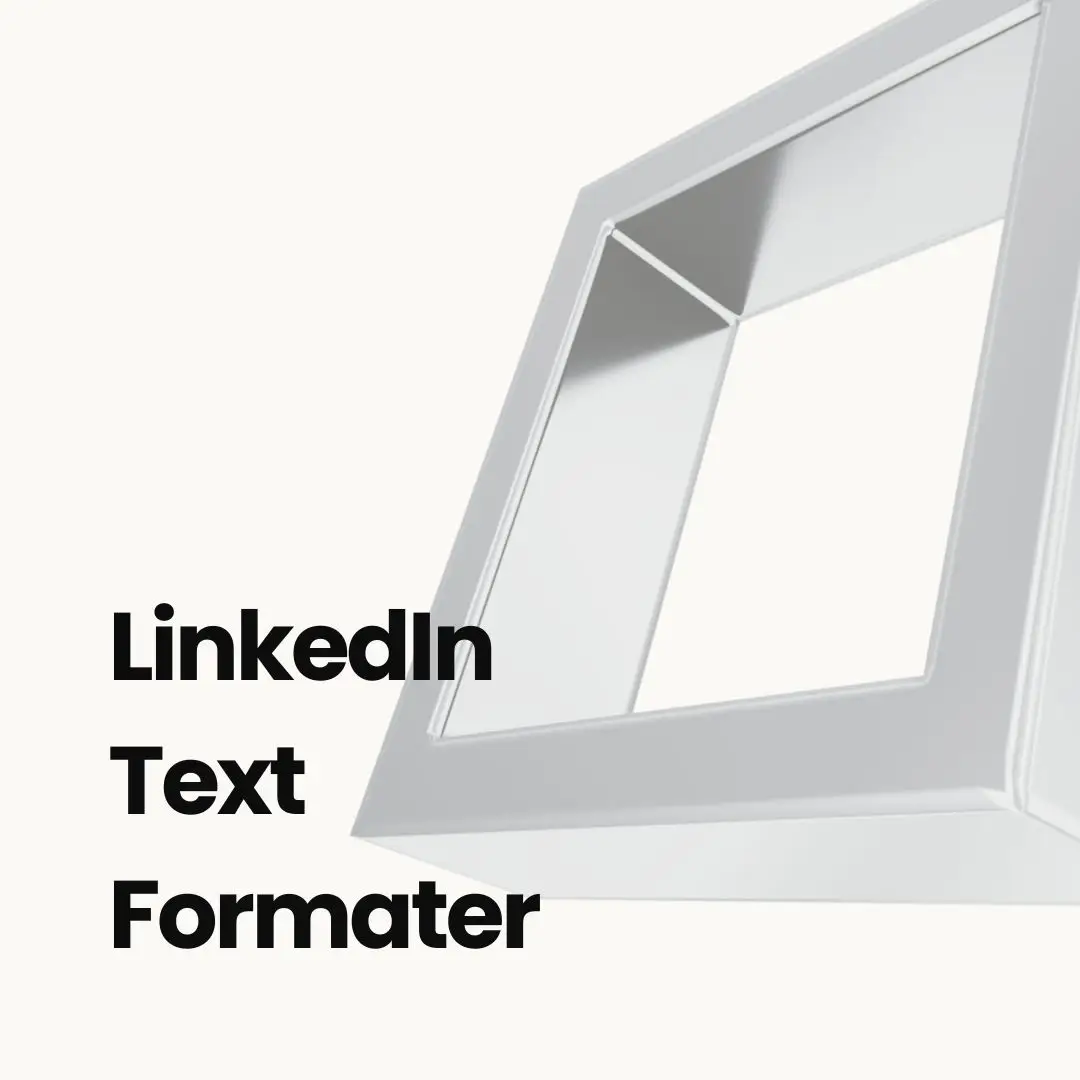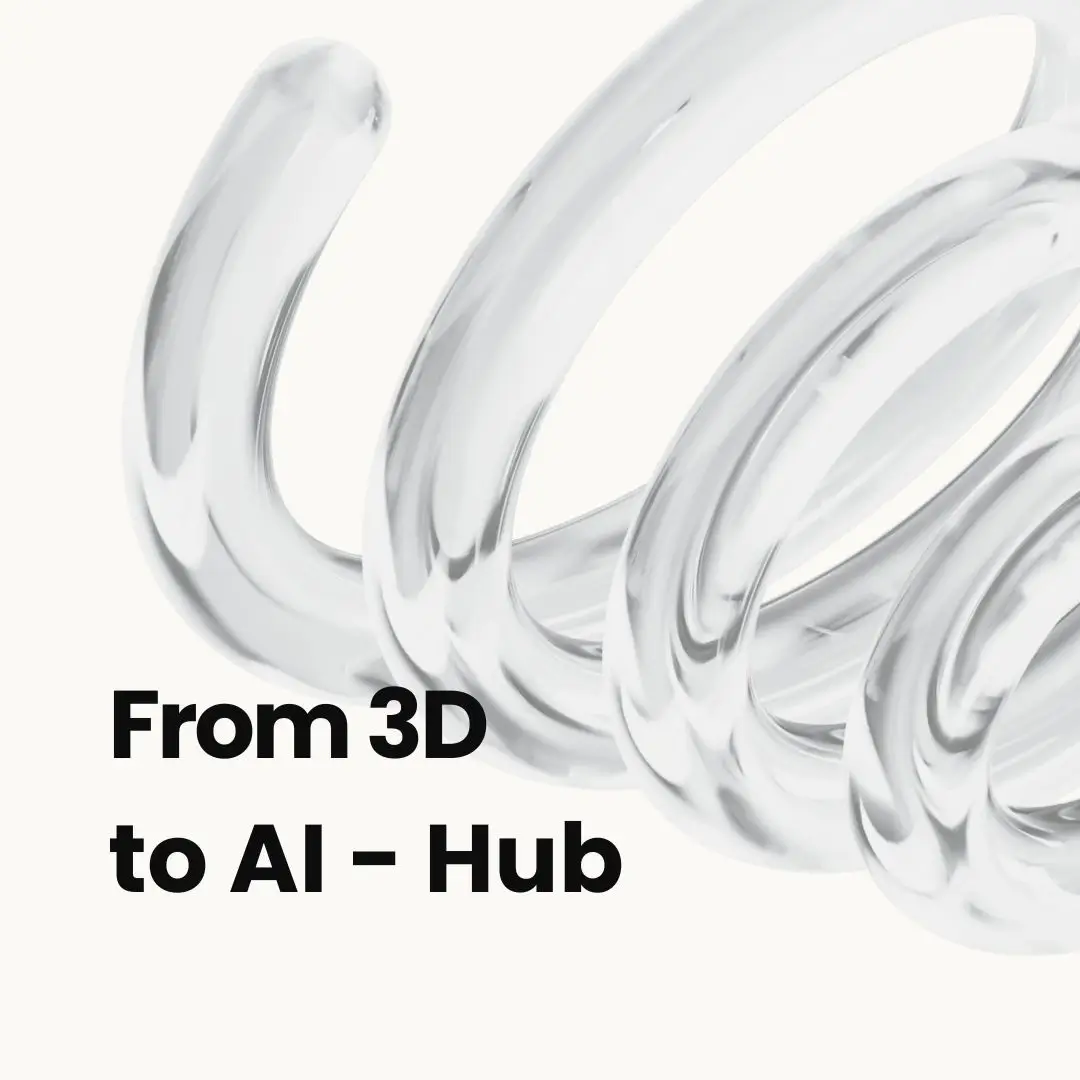Business AI Automation Blog(No fluff, just stuff that works)
Featured Article
Our most popular guide for implementing AI automation in your business
Latest Articles
Fresh insights on AI automation and business growth (actually useful stuff, we promise)
Browse by Topic
Find exactly what you're looking for (without the endless scrolling)
AI & Automation
0 articles
AI implementations that actually work (shocking, we know). Automation strategies that increase sales and reduce chaos.
eCommerce Growth
0 articles
Sales optimization tactics that don't require a PhD in marketing. Customer insights that actually make sense.
Technical Guides
0 articles
Step-by-step tutorials without the technical jargon. Implementation guides that won't make your head spin.
Company News
4 articles
Product updates, company news, and industry insights. The important stuff, minus the corporate fluff.
Stay Ahead of the AI Curve
Get weekly insights on AI automation, implementation strategies, and business transformation delivered to your inbox. No spam, just actionable advice.




